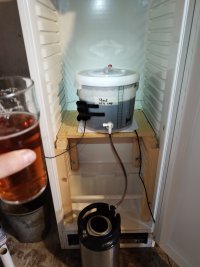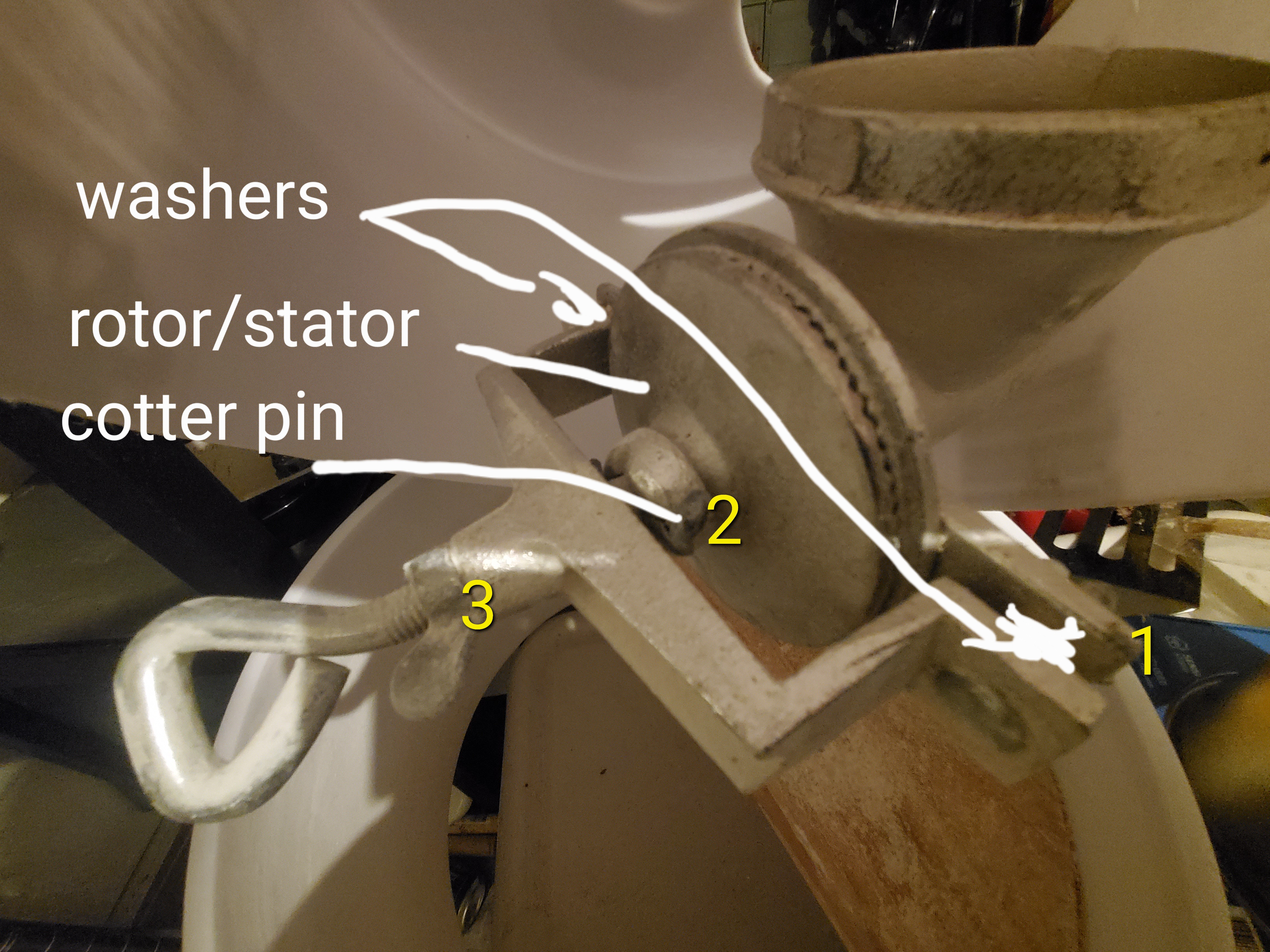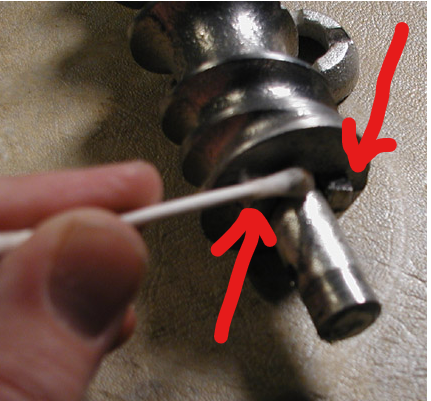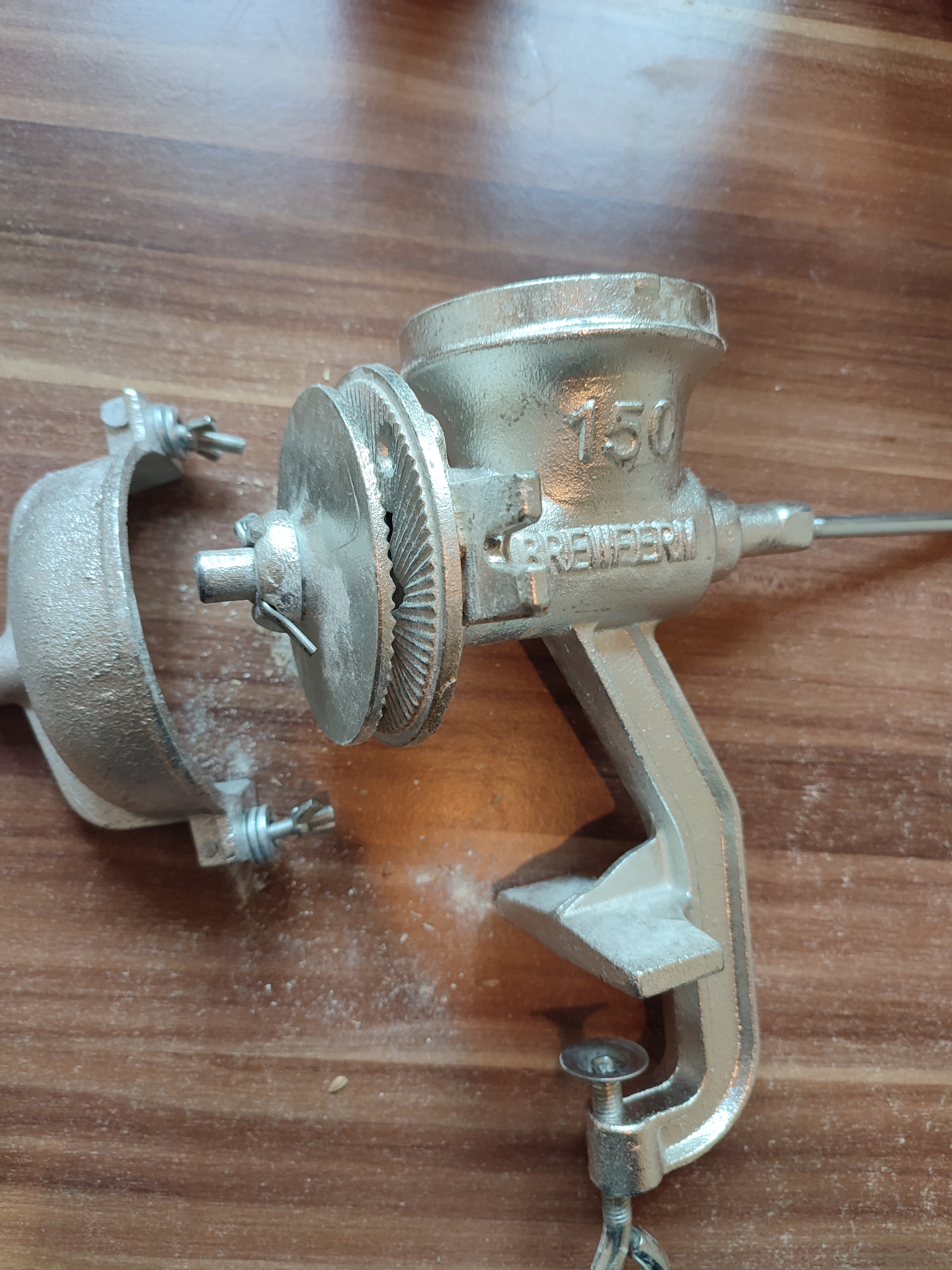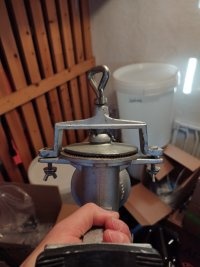Yeah mine was't flat at all.Yeah, so it's not a question of not believing. It's knowing it's not the true FG. But, yes, it will be perfectly serviceable in ascertaining whether it's stable.
Mine's still visibly effervescent!
But there didn't seem to be much activity, a few bubbles slowly rising to the top when I shined my flashlight through the carboy, wich may have been just off gassing.
It was rather clear aswell, and tasted pretty dry, and boozy.
It will definitely need some aging in bottles aswell.














![Craft A Brew - Safale S-04 Dry Yeast - Fermentis - English Ale Dry Yeast - For English and American Ales and Hard Apple Ciders - Ingredients for Home Brewing - Beer Making Supplies - [1 Pack]](https://m.media-amazon.com/images/I/41fVGNh6JfL._SL500_.jpg)











































